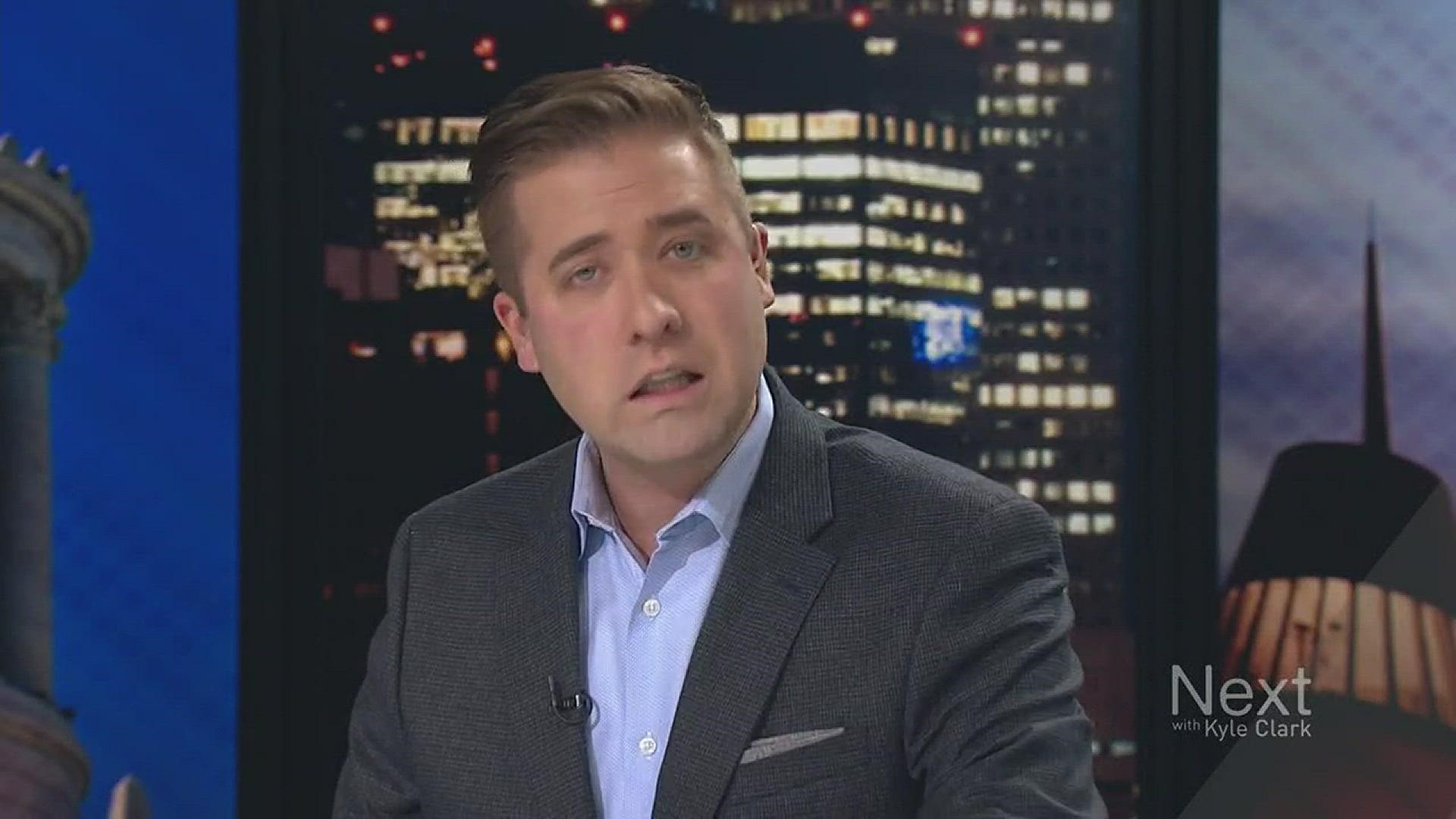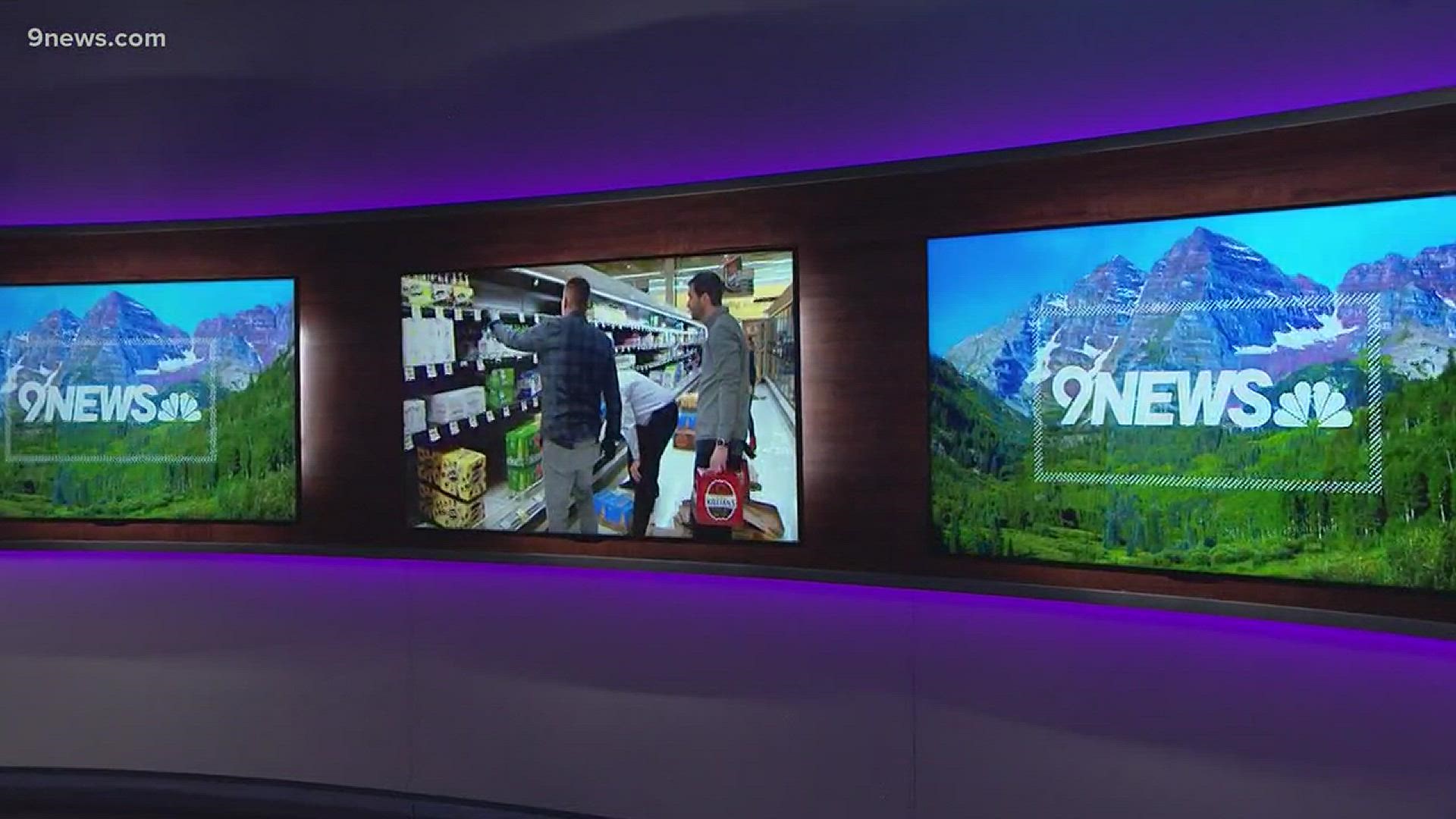Jan. 1, 2019 meant “new year, new beer” for grocery stores in Colorado. Many chains had shelves cleared and ready before the clock struck midnight, when stores could legally begin selling full-strength beer thanks to a 2016 change in state law.
The 3.2 beer law came from the post-Prohibition era, and Colorado was one of the last holdouts to do away with it in the country.
A few stores marketed the transition as the long-awaited arrival of “real beer,” as if we’d been drinking fake beer all this time. But what those signs won’t tell you, and what some consumers haven’t realized, is that the “3.2 beer” we’ve been drinking isn’t so different from the new product – depending on what you’re drinking, of course.
The 3.2 beer Coloradans buy in stores is not measured in “alcohol by volume,” as is the industry standard; 3.2 beer is measured in “alcohol by weight.”
“In the beer industry, we more commonly identify alcohol by volume because that's what's easier for us to measure," said Judd Belstock with Dos Luces Brewery in Denver.
Essentially, the “alcohol by weight” percentage is a measure of the weight of the alcohol in a drink compared to the rest of that drink. An “alcohol by volume” measurement tells you the percentage of that drink that is alcohol.
“Most people, when they think of 3.2 beer, assume it’s 3.2 percent by volume,” Belstock said. “Most people would associate 3.2 beer as much, much weaker than a regular beer [but] typical beers are anywhere from 4 to 6 percent alcohol by volume...and a 3.2 beer is going to be 4 percent.”
Of course, a person who pulls up a stool at any craft brewery will find beers that surpass a 4 percent ABV, but consider Coors. An average 12 oz. can of Coors Banquet has an ABV of 5 percent. That’s not far off from what shoppers drank before, and according to Belstock, the rate percentage could have been even closer than that.
“Usually, the [Alcohol and Tobacco Tax and Trade Bureau] gives us a little bit of leeway. They say, whatever you’re listing, it can be plus or minus .3 percent,” he said. “So what you were thinking of as 3.2 beer before might not have been any stronger than what you were drinking full-strength.”
Often, the session beers crafters develop have close to a 4 percent ABV, as well.
Either way, your beer choice comes down to your taste.
“Ultimately, it’s all about what you like,” Belstock said.




